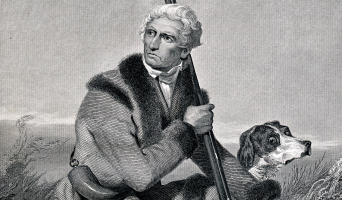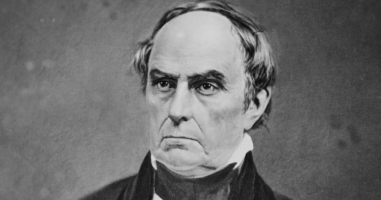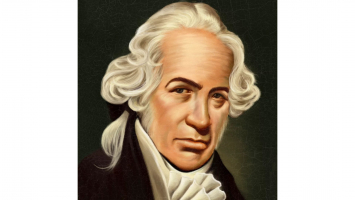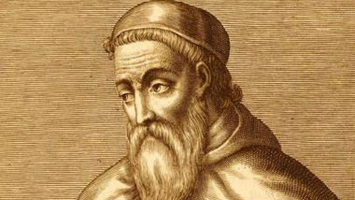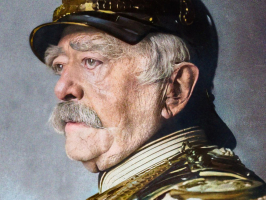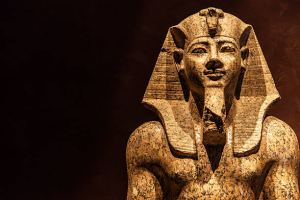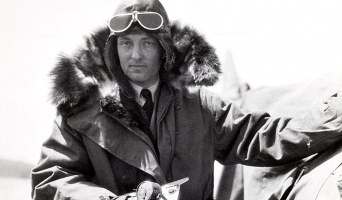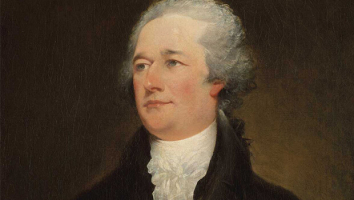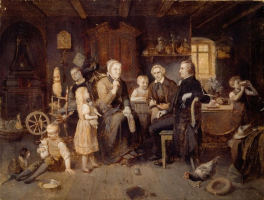Top 7 Facts about Daniel Defoe
Daniel Defoe was a notable British journalist, author, and trader who wrote the classic book Robinson Crusoe. He became well-known for writing numerous tales, ... read more...and Robinson Crusoe won him awards. He was such a prolific writer that he produced about 300 books, journals, novels, and pamphlets on a variety of topics. Let's explore more about this talented writer through some facts about Daniel Defoe!
-
Despite not knowing the exact day or month of his birth, Daniel was born in the year 1660. He was most likely born in Fore Street in the London neighborhood of St. Giles Cripplegate. Daniel Foe was his real name. An interesting detail about Daniel Defoe is that the prefix "De" was later added to his second name and in French it denotes affectation. Defoe added the aristocratic-sounding "De" to his name and occasionally claimed to be a member of the family De Beau Faux. The prefix "De" is also frequently used in Flemish surnames.
His father, James Foe, was a well-to-do Flemish tallow chandler who belonged to the Worshipful Company of Butchers. The Great Plague of London, which claimed 70,000 lives in 1665, and the Great Fire of London, which destroyed all but Defoe's and two other nearby homes the following year, occurred during the early years of Defoe's life. When he was most likely around seven years old, a Dutch fleet raided the Medway via the Thames and attacked the town of Chatham. His mother, Alice, had died by the time he was approximately ten.
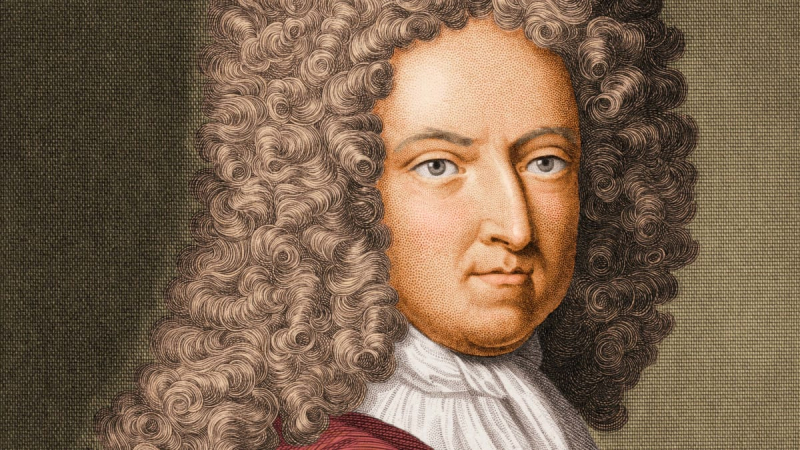
Photo: Biography 
Photo: Ecyclopedia Britannica -
The second fact about Daniel Defoe is that all of his business schemes were failed. Defoe took part in the unsuccessful Monmouth Rebellion in 1685, but he was later granted a pardon, which allowed him to avoid Judge George Jeffreys' Bloody Assizes. In 1689, Queen Mary and her husband William III were jointly crowned, and Defoe thereafter served as a spy and one of William's closest associates. Some of the new regulations sparked hostilities with France, harming Defoe's ability to maintain fruitful business ties.
Daniel Defoe started many business enterprises, and sadly, every single one of them failed horribly. He used to sell wine, wool, and a variety of other goods when he first left school. One of his business plans involved gathering musk from cats' bottoms. He may have owed a total of £17,000 when he was forced to file for bankruptcy in 1692 after being arrested for debts of £700. He apparently had legal disputes with the royal treasury when he passed away, leaving behind little money.
He wed Mary Tuffley, a British merchant's daughter. Mary carried a dowry with her that was valued at 3,700 British Pounds, which was considerable for the time. It was anticipated that the marriage would not continue long because of Defoe's financial difficulties, yet it lasted for 47 long years and the couple had 8 children. He attempted to start a commercial company while visiting Scotland and other nations in Europe. He went back to England in 1695 and made an effort to start commerce again. In 1696, he founded a tile and brick factory in the location that is today Essex. He was hired by the British monarch on several occasions but was fired.
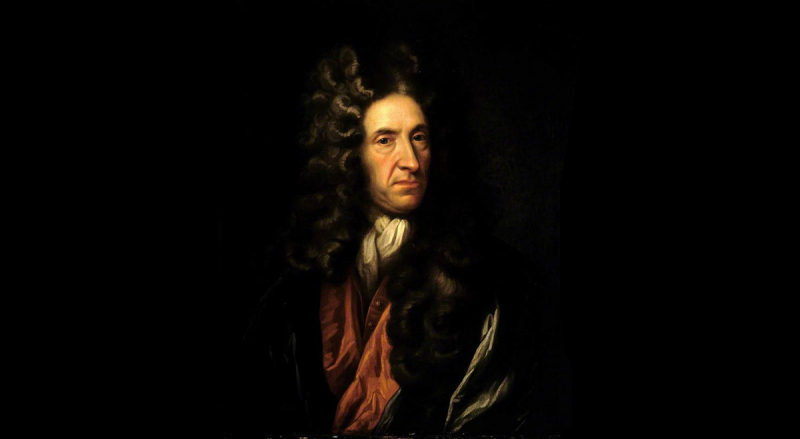
Photo: La Parola 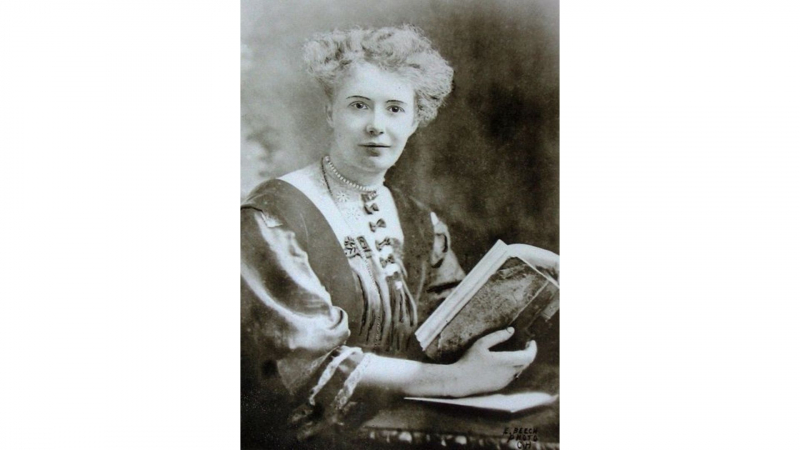
Photo: Lovely Old Tree -
After William III's death in 1702, Queen Anne became ruler and launched a campaign against nonconformists (Protestant Christians who did not "conform" to the leadership and practices of the established church were known as nonconformists in the history of the English church) causing yet another upheaval in political affairs. "The Shortest-Way with the Dissenters; Or, Proposals for the Establishment of the Church", a pamphlet Defoe published in December 1702 that purported to argue for their eradication, made him an obvious target and led to his arrest and imprisonment in a pillory on July 31, 1703.
He criticized the English religious dissenters in this booklet. He was accused of sedition, and because of his writing, he was convicted. The court mandated that as punishment, he be chained to a pilgrim and released in front of a large crowd for public humiliation. The mob did not taunt or hurl stones at him when he was set free to be humiliated in front of others in a pillory. Due to the success of his book, Hymn to the Pillory, they showered him with flowers and yelled slogans in his support. Some academics dispute this occurrence, but according to John Robert Moore, Defoe was the only person in Britain to enjoy such widespread adulation during a mock trial.
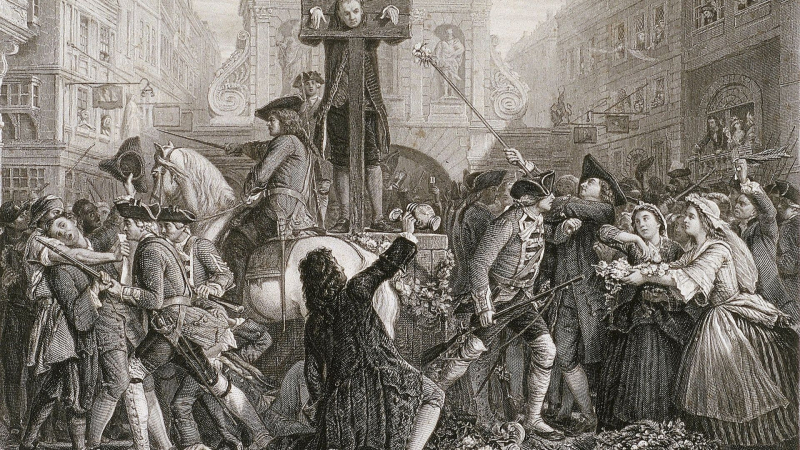
Photo: Twitter Source: HistoryPod -
Robinson Crusoe, written by Defoe in his late 50s, tells the tale of a man who spent 28 years shipwrecked on a desert island and his subsequent adventures. Crusoe's religious issues are evident throughout the episodic story as he begs God for help during dire situations, but he repeatedly rejects God after being delivered. Following a more sincere conversion experience, he is at last pleased with his situation in life and is no longer connected to society.
Defoe quickly wrote two more books once Robinson Crusoe became a hit due to its popularity. In 1720, The Farther Adventures of Robinson Crusoe, the first book, and Serious Reflections of Robinson Crusoe, the second book, were both published. The Farther Adventures of Robinson Crusoe details Crusoe's journeys to Siberia, Madagascar, and other Pacific nations as well as his homecoming. Serious Reflections of Robinson Crusoe, which includes Defoe's early works, has been published as part of the Robinson Crusoe collection.
In the first few pages of The Farther Adventures of Robinson Crusoe, the author explains how Crusoe moved to Bedfordshire, got married, and started a family before leaving for these more adventures after his wife passed away. If these works were not fiction, Defoe's family would have encountered Crusoe in Bedford, where the information for these books was acquired, as the brother of "H. F." in A Journal of the Plague Year retired to avoid the threat of the plague. With Caruso, Defoe attended Newington Green High School.
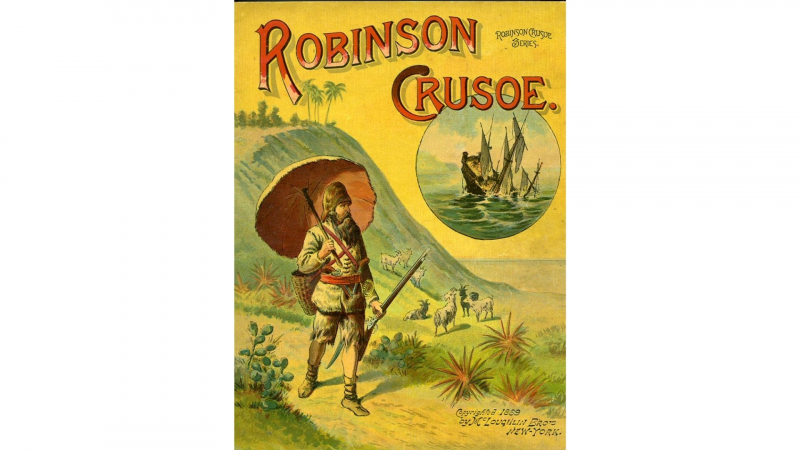
Photo: Hành Trình Sách 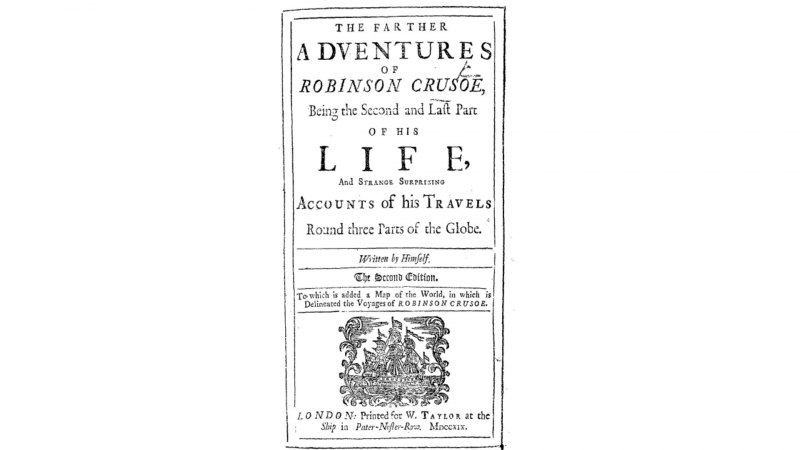
Photo: Wikipedia -
The Great Storm of 1703, which raged through the night of November 26–27, occurred less than a week after Defoe's release from prison. Millions of trees were uprooted, London and Bristol suffered significant damage, and more than 8,000 people died, largely at sea. The Storm (1704), which comprises a collection of eyewitness tales of the tempest, was written about the incident. Many people consider it to be among the earliest examples of contemporary journalism. On November 26, 1703, a destructive extratropical cyclone known as "the great storm of 1703" made landfall in central and southern England. High winds destroyed the New Forest, which lost 4,000 oaks, and caused 2,000 chimney stacks to collapse in London. Over 1,000 servicemen lost their lives on the Goodwin Sands alone, while ships were blasted hundreds of miles off course. A novelty at the time, news broadcasts of casualties and destruction were sold all over England. The storm, according to the Church of England, was God's retribution for the country's sins.
Defoe was present when the great storm of 1703. In "The Storm", one of his later-published writings, he made reference to this storm. Daniel Defoe believed it to be divine retribution for his army's poor performance in the War of the Spanish Succession against Catholic soldiers.
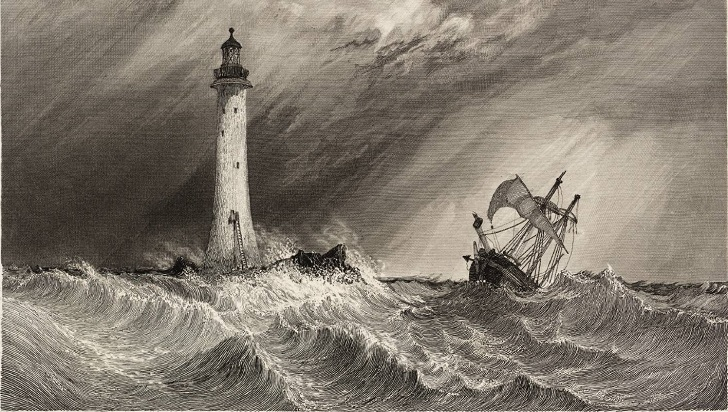
Photo: Classic Sailboats 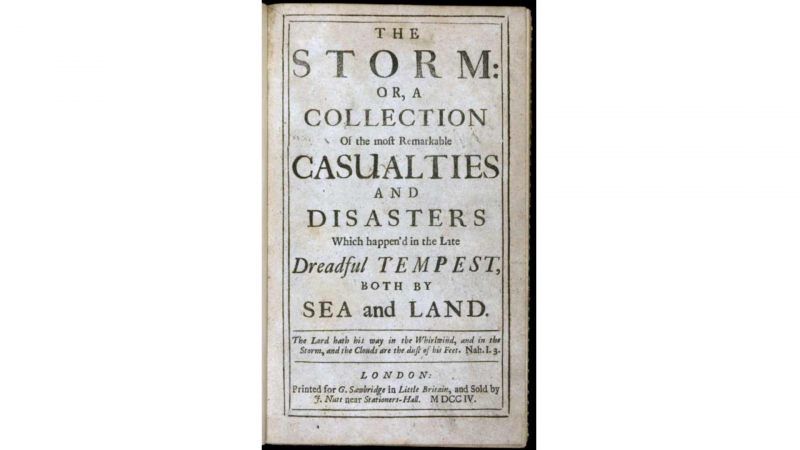
Photo: Wikipedia -
It is known that Defoe utilized at least 198 aliases. What a fact about Daniel Defoe! The route that had brought us to this point had involved, according to Encyclopedia Britannica, a profession as a merchant. However, Wikipedia claims that as a businessman, he was naturally interested in politics. Defoe's family belonged to the Dissenters movement, which was opposed to the Anglican church and had its own political views. In order to dodge the authorities, he published political pamphlets endorsing his ideas while using some of them as pseudonyms.
Initially publishing works under a pen name was a highly typical technique in eighteenth-century novel publishing, with the majority of other authors at the period publishing their works anonymously. It has been difficult for historians over the years to properly credit Defoe for all of the works that he created during his lifetime because the majority of them were published anonymously. There would be roughly 75 works that may be assigned to Defoe if only including those that he published under his own name or his well-known pen name, "the author of the True-Born Englishman."
Scholars have employed a variety of techniques to identify which additional works should be assigned to Defoe in addition to these 75. The process of assigning Defoe authorship to works that were published anonymously was initially started by author George Chalmers. He compiled a longer list in History of the Union that included over a hundred works that he claimed to be written by Defoe as well as twenty other books that he referred to as "Books which are said to be De Foe's." Chalmers eventually assigned 174 works to Defoe and included works that were particularly consistent with his style and philosophy in his canon.
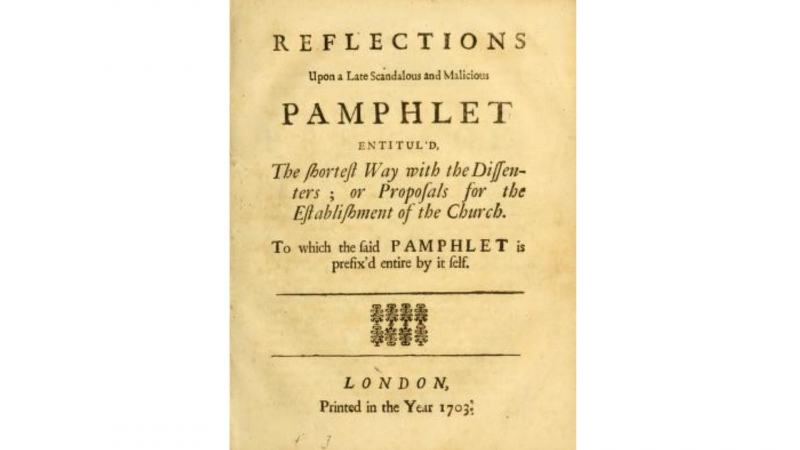
Photo: Internet Archive 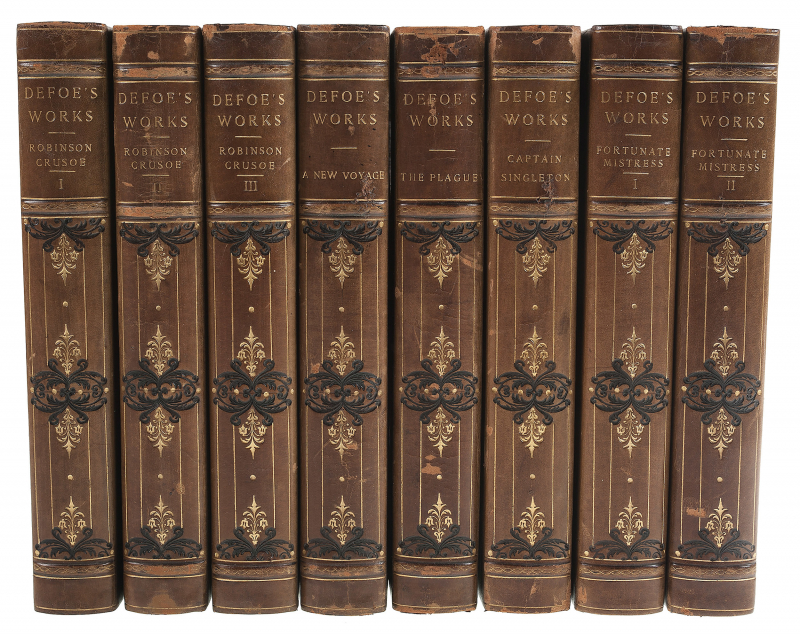
Photo: Cowan Auctions -
On April 24, 1731, Daniel Defoe passed away after leading a life in hiding from his creditors. He was reportedly lethargic, according to speculation. Although it's often mistaken for just being tired, lethargy is actually a pathological condition of deep inactivity that can also be accompanied by other symptoms like anemia, iron deficiency, insomnia, apnea, narcolepsy, allergies, dry skin, constipation, dizziness, chest pain, blurred vision, shortness of breath, rapid heartbeat, and conditions involving the heart, lungs, or thyroid. In Moll Flanders, Defoe attributed a character's demise to laziness. He reportedly had a stroke, which led to his demise, according to some historians. He continued to be in debt on a number of occasions during his life. He was laid to rest in Bunhill Fields Burial, and in 1870 the British government built a monument in his honor.
Defoe was still mired in debt and financial lawsuits when he passed away, leaving behind very little money. His commercial practices while he was a merchant and elsewhere were never honest, according to certain historians who have provided proof for this claim.
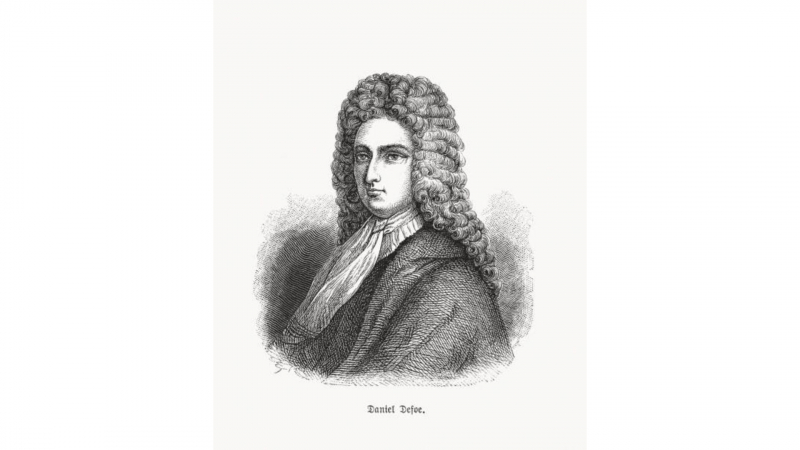
Photo: iStock 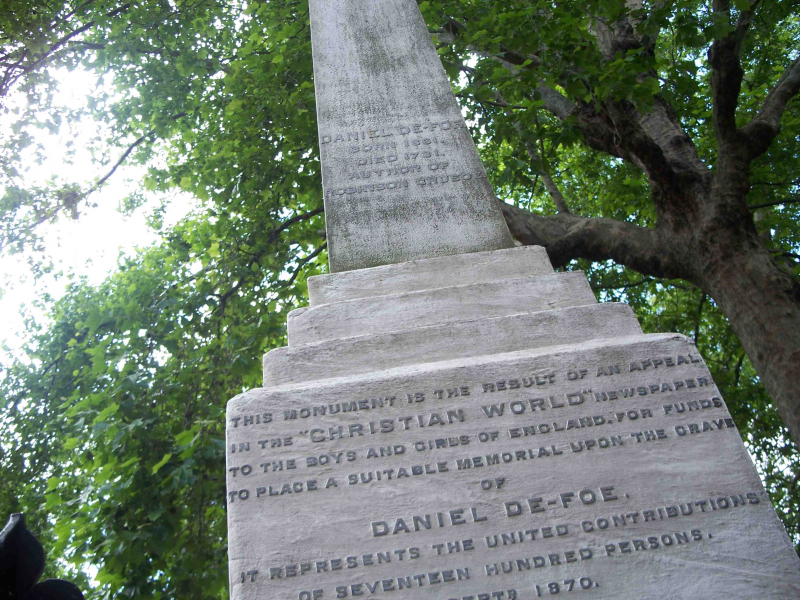
Photo: Rice on History









